Cycling as a sport has undergone a great deal of changes in the last few years. Thanks to new materials, the development of existing ones, new technologies and the invention of all kinds of tools and gadgets, anyone who wants to start cycling now has access to a variety of options that would have been unthinkable a little less than 20 years ago. However, some things, such as breakdowns, haven’t changed. Every cyclist knows how it feels to get stranded by a flat tire or broken chain while we’re out for a bike ride. So do we. And since we know the issue, we would like to share these 6 basic tips. Let’s start at the beginning:
Carry basic tools and spare parts
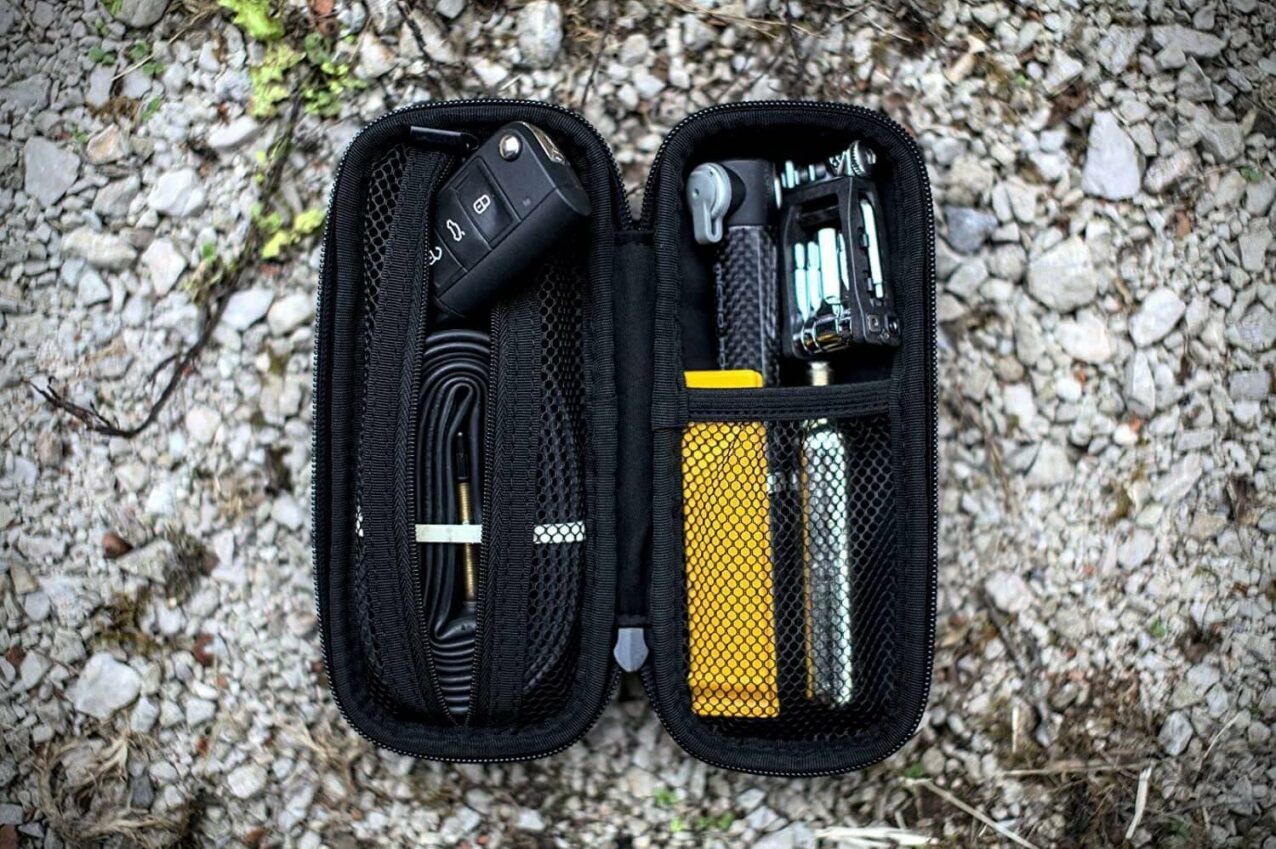
The essential items are: tire levers, a hand pump or a CO2 tire inflator, a multi-tool with chain breaker and 1 spare tube that fits your tires.
It is advisable to bring one more extra tube, a quick link, a Presta/Schrader valve adapter (to inflate the tire at a gas station) and a piece of old tire to cover a crack or a large hole.
It’s always a good idea to carry latex or silicone gloves to protect your hands from getting dirty, especially when repairing the chain. If you don’t have those, use a large leaf to handle a fallen or broken chain.

Almost all tools and spare parts can be put in a saddle bag or tool storage bottle so as not to load up and ruin your rear jersey pockets. Medium and larger size pumps are usually supplied with a special frame mount, which generally attaches to your bottle cage screws.
Some breakdowns are difficult to repair, so always carry a charged cell phone and some money.
Repair away from traffic and make sure you are visible
This is crucial. If a cyclist in motion is vulnerable, when they stop, they become even more exposed. Therefore, never make a repair directly on the side of the road or in an area with limited visibility (elevation changes, sharp turns, shaded areas).
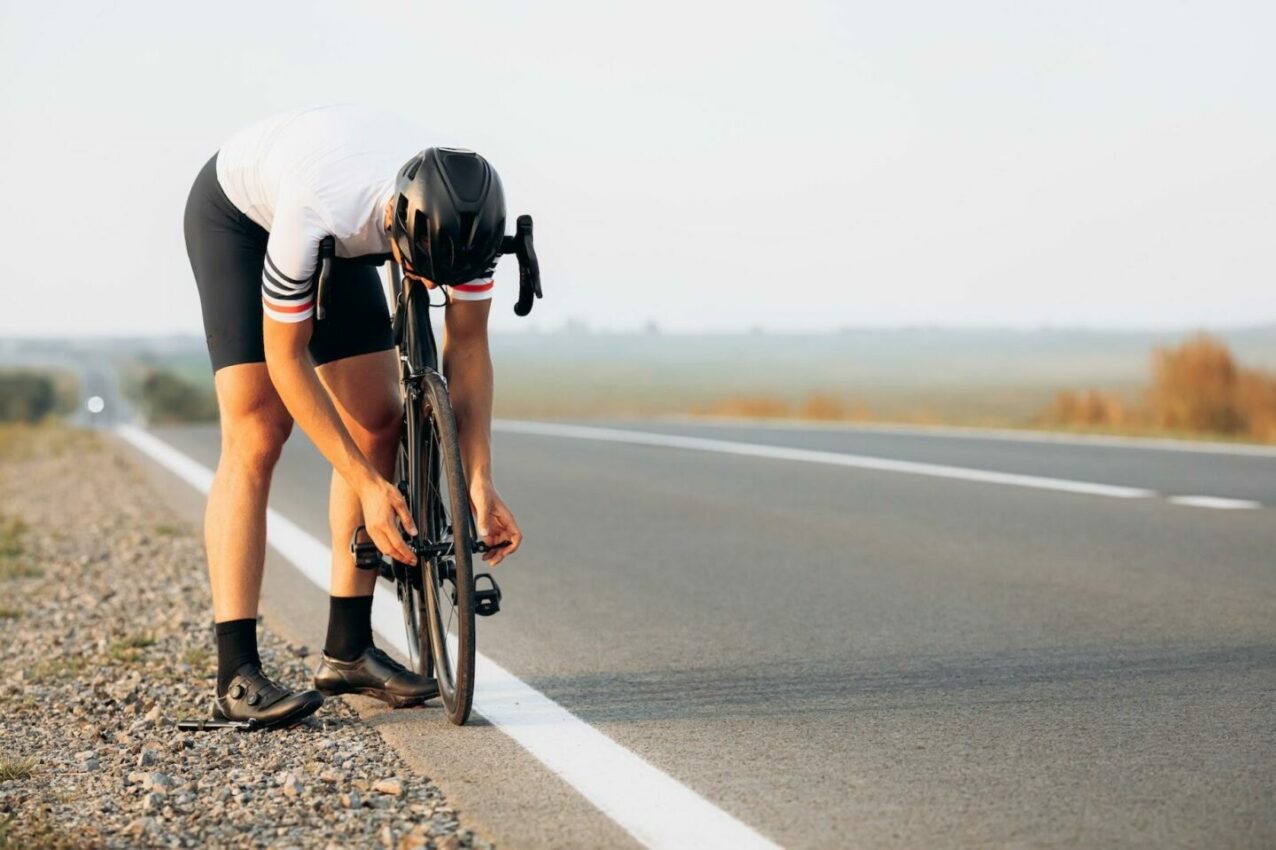
Get as far away from the traffic as possible to focus on the problem and not on the vehicles passing by. It is better to walk for a few minutes until you find a more appropriate place to repair the breakdown than to put your life in danger by doing it on the road shoulder.
Do not turn the bike upside down
It is becoming increasingly less common, but you can still see bikes upside down, with their wheels up. If you have a breakdown, we recommend that you don’t add to the problem by turning everything upside down. It will make the saddle, handlebar and shifting levers dirty, and you even risk damaging these components.
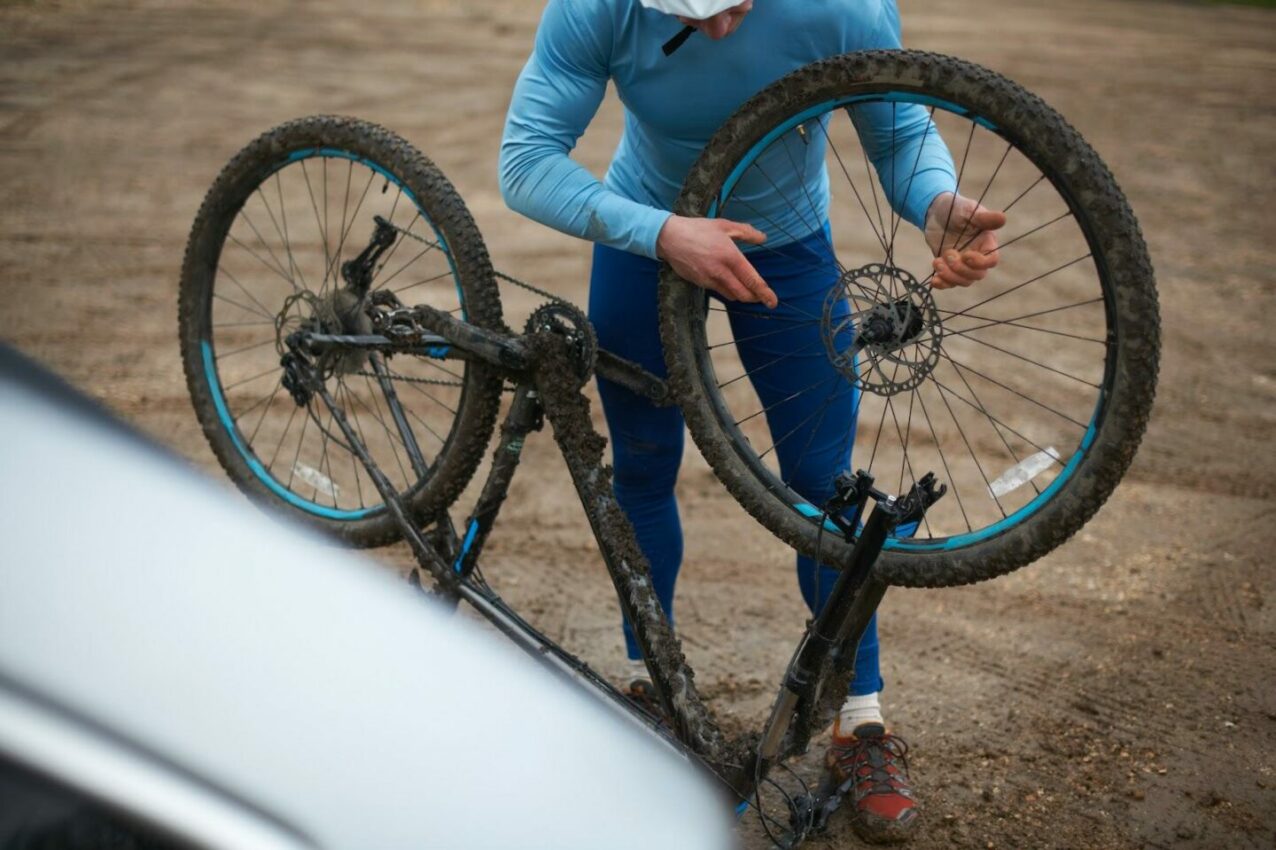
Also, a bike upside down is very unstable and can easily fall over if touched or knocked over by a gust of wind. Finally, if you have hydraulic brakes, an air bubble might form in the system, causing the brake levers to go soft and unresponsive.
Small back cog and large front chainring
We have often said that it is not advisable to do as the pros do, but in this case it is. What do cyclists do when they get a flat rear wheel during a race? They let the team know on the radio, raise their hand if they can, drop to the back of the bunch, move to the side of the road waiting for the team car or a neutral race support car, and in the meantime, they switch to the smallest cog and the big chainring.

The latter is essential to make it easier for the mechanic to change the wheel and for the rider to get back on the bike as quickly as possible. We can do the same in order to get the rear wheel on and off simply and smoothly. The rear wheel comes out and goes in much easier when we use the smallest cog, while the big chainring provides enough tension on the chain so that it doesn’t fall off.
Check the casing and tire before fitting the inner tube
Almost every cyclist has made this mistake. You get a puncture, change the inner tube, inflate it and then get another puncture shortly after because whatever caused the first puncture is still stuck in the tire or the tire has been damaged in some other way. Therefore, before putting in a new tube, you must identify what caused the puncture. To do this, always check the inside and outside of the tire with your fingers. Do this carefully so as not to hurt your fingers because it could be a sharp object.
While you are at it, also check the rim because there might be something sharp inside that could cause the puncture. This is unusual, but may be the case if the rim tape moves or is damaged.
Lend a hand
Cyclists are a community of sorts, and we are generally friendly and helpful towards other cyclists. Chances are that if you have a breakdown, a cyclist will pass by and ask if you need help. If you do, they will stop and, if they can, they will give you a hand. So even if you don’t actually know how to fix a puncture, you should always carry the essential tools and spare parts mentioned above. Because if you don’t know how to use them, there will surely be a cyclist who can help you out and show you the ropes. And if you do, and it’s already the third puncture of the day, there will always be a cyclist who can lend you an inner tube so that you can get home safely.
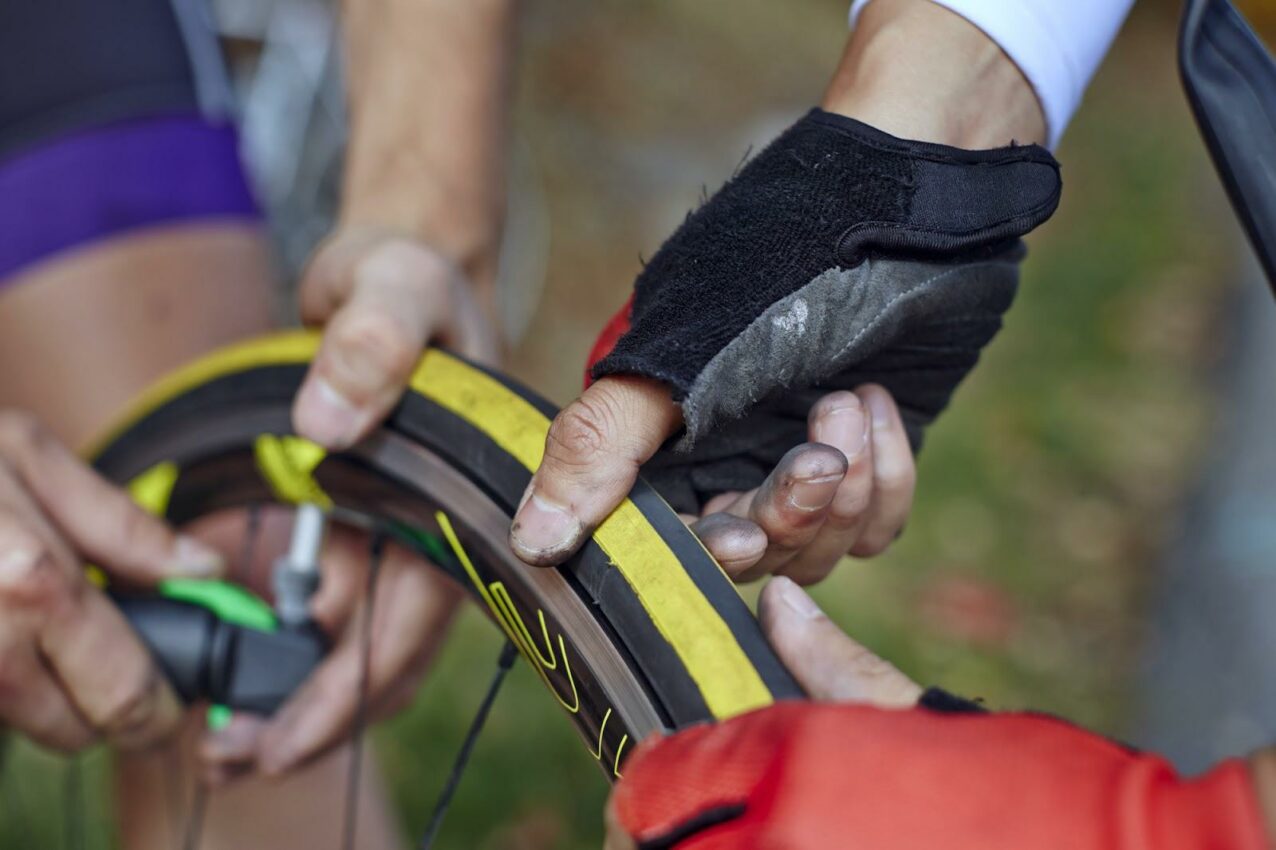
However, don’t be one of those cyclists who don’t carry tools or spare parts and who also don’t bother to learn how to use a tire lever. Mainly because someday you might find yourself stranded in the middle of nowhere and you’ll have to use your cell phone (if you have one) to call for help. And if you are that kind of cyclist, make sure you treat your cycling buddies to a coffee every so often so that you can keep counting on them.
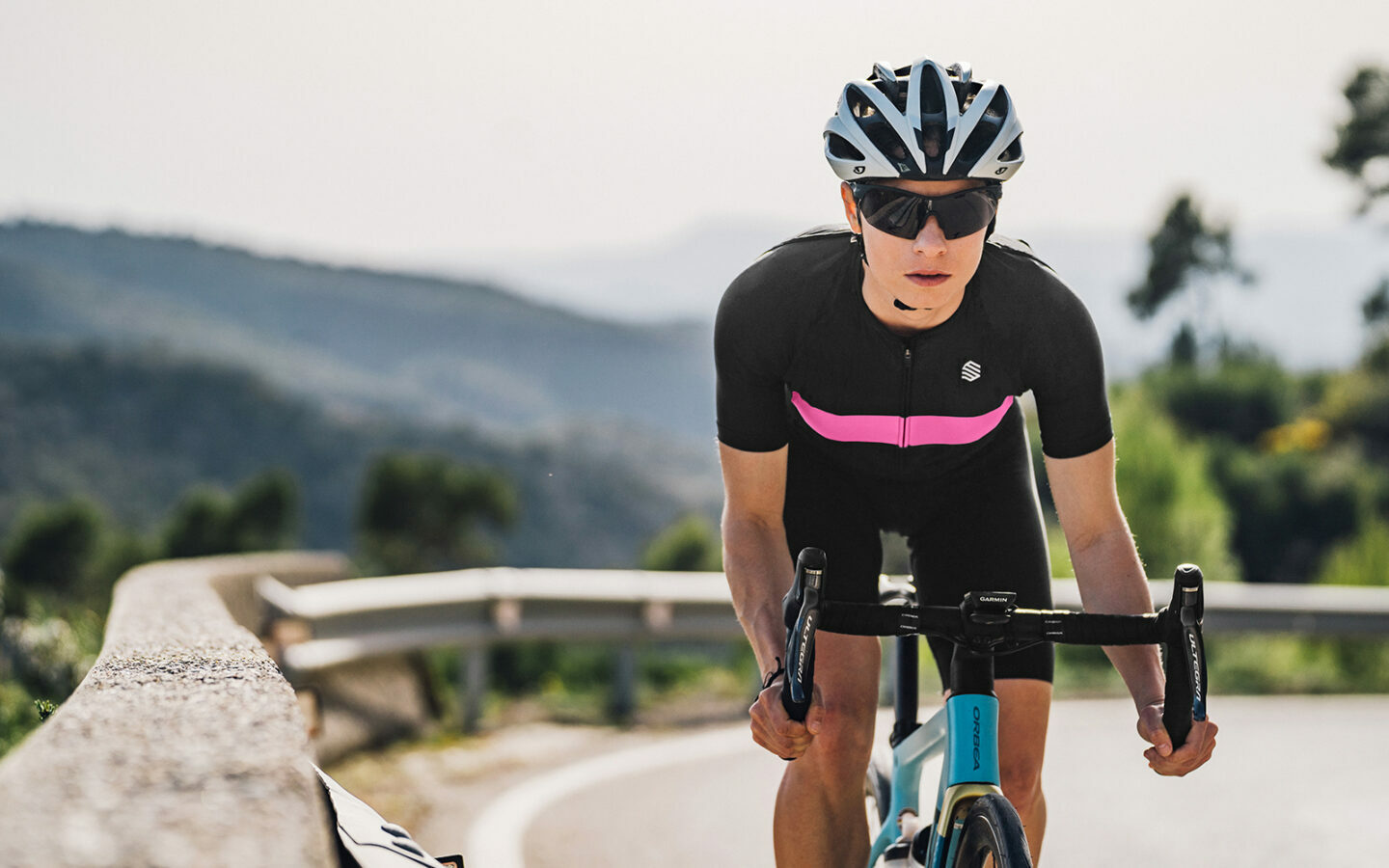
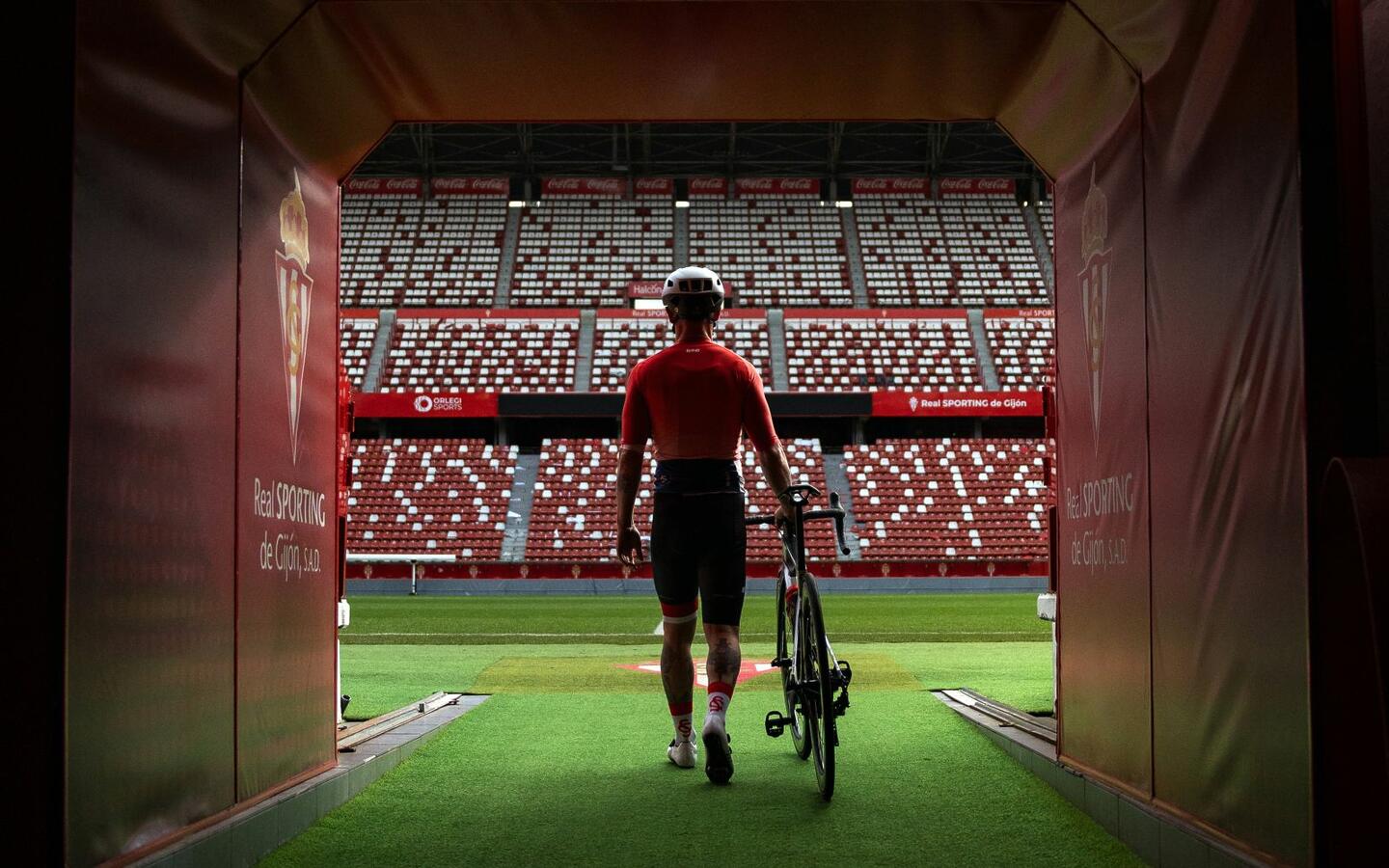

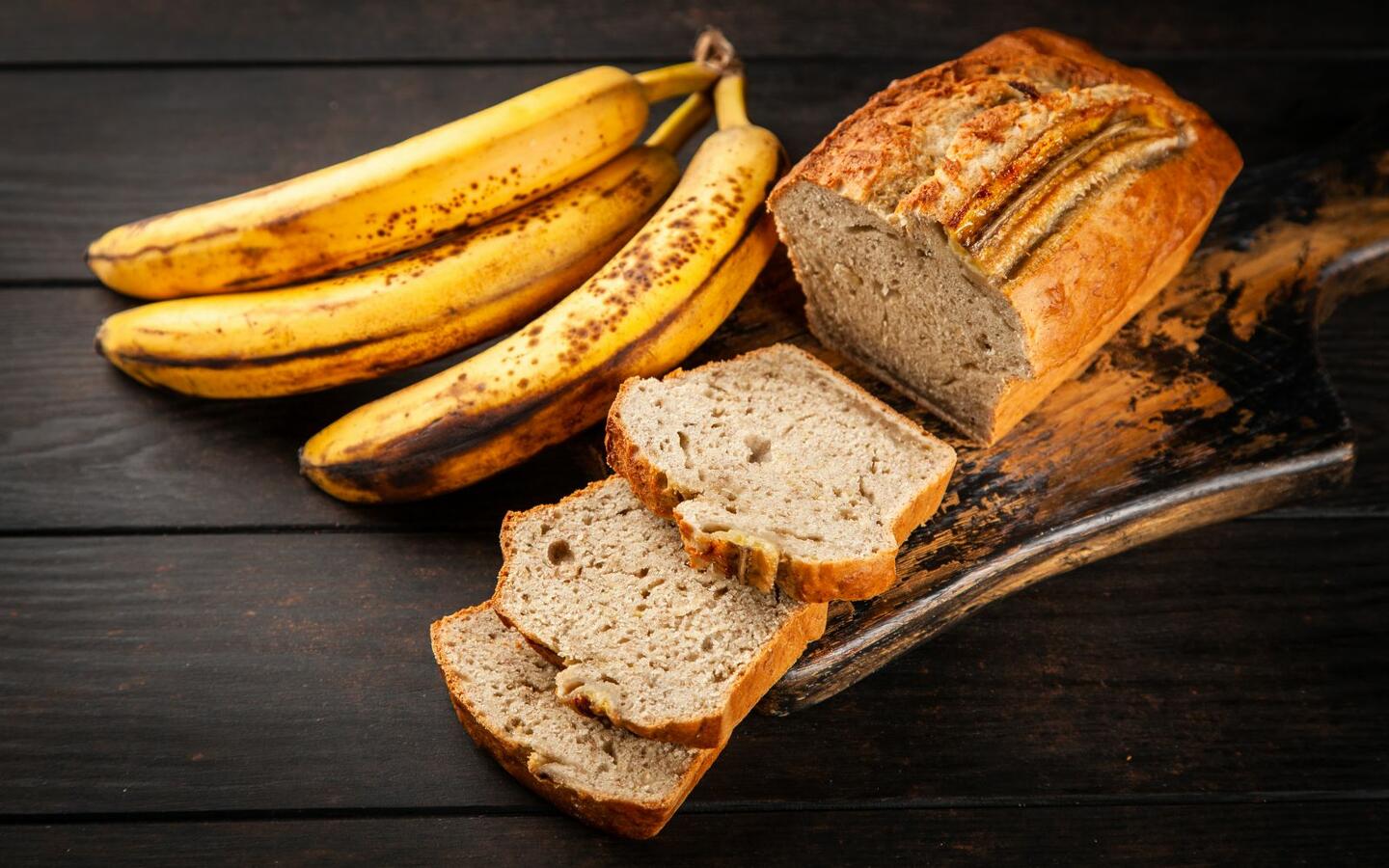

Some helpful and ‘bacon’ saving tips – some gentle reminders!
Hi Andrew,
Thanks for reading our blog and for your comment. We hope these tips will be helpful for any kind of cyclist.
Best regards